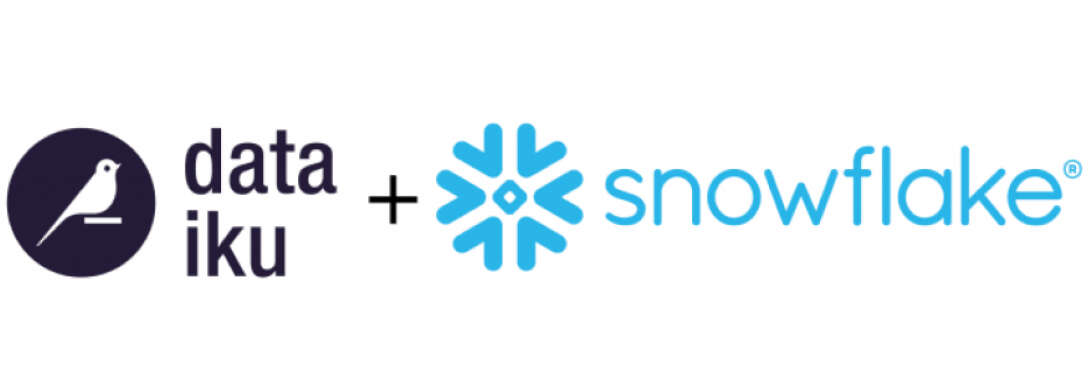
The insurance industry is already harnessing the possibilities of AI, ML and LLMs (large language models) to disrupt traditional operations. Accenture suggests that there is $170bn in premium at risk over the next five years as customers switch insurance carriers due to not being fully satisfied by the claims process, making the competitive edge more critical than ever.

New generative AI models and LLM-enabled applications have the potential to further augment critical business processes within an organisation, leading to opportunities to extract significant waste from the system, while simultaneously improving the customer experience. Use cases in areas such as risk assessment and underwriting, claims management, customer experience, product personalisation, operational efficiency, fraud detection and prevention are all candidates for reimagination through the application of generative AI and LLMs.
“An important area of focus for organisations looking to differentiate through generative AI is around data management, quality and governance,” says Sully McConnell, head of insurance at Snowflake. “Generative AI relies heavily on access to high-quality, diverse, and relevant datasets. Establishing strong data management practices, including data collection, storage and cleansing, is crucial to realise the potential of generative AI.”
Awareness of ethical considerations and legal frameworks surrounding AI use, such as data privacy, bias in AI models, and intellectual property rights, are also an area of concern and focus for organisations.
Translating data with generative AI
A primary area insurers are investigating is enhancing customer experience, to get more value from their data and analytics. By analysing property data, historical claims, weather patterns and customer information, generative AI can create personalised risk profiles for policy applicants. This enables insurers to make more precise underwriting decisions and provide more tailored policies. Generative AI has also helped to unlock the hyper-personalisation of communications, which further contributes to customer satisfaction and loyalty.
“While generative AI does not offer new insights on the next best offer recommendations, which existing ML/AI models can do, it allows a marketing team to encapsulate the outputs of these models in marketing content that can be tweaked across many dimensions, from theme to complexity, at massive scale,” says John McCambridge, global solutions director of financial services and insurance at Dataiku. “The already valuable outputs of existing AI models can therefore be far more effectively deployed to customers and leads.”
Using AI to improve insurance claims and mitigate risk
Companies are enhancing their productivity and efficiency by deploying generative AI models alongside insurance industry experts, such as underwriters, actuaries, claims adjusters, and engineers. Generative AI can summarise and synthesise large volumes of content gathered during the claims’ life cycle, including call transcripts, notes, and legal and medical paperwork. This has proved to be particularly useful in property and casualty insurance given the ability to significantly reduce the claims’ life cycle.
“The industry is rife with unstructured data, including policy documents, audio transcripts, claim notes medical notes,” says McConnell. “There is an enormous opportunity for generative AI capabilities to power ‘co-pilots’ that allow claim handlers, customer service representatives, agents/brokers and customers to ask questions and obtain insights from information that was previously either manually intensive to retrieve or even unattainable.”
Generative AI can also help insurance companies to manage compliance and mitigate risks. Companies are exploring avenues for generative AI such as automated compliance monitoring, fraud detection and creating content in the form of training materials and interactive modules to keep staff updated on the latest regulations.
Putting projects into practice
The use of generative AI virtual assistants or agents is increasing responsiveness in insurers’ customer experience offerings with a more tailored approach. This technology can automate mundane tasks that would usually require tedious manual labour and assist insurance professionals by freeing up their time to provide more personalised and empathetic human interactions. With underwriters spending 40% of their time on non-core activities, according to a report from Accenture, there is a clear case for the use of implementing generative AI to free up time for value-added activities for employees, which could mitigate an efficiency loss of $85–160bn over the next five years.
However, the success of identifying use cases and creating AI projects largely depends on operationalising insights and putting them into production. Otherwise, organisations cannot fully realise the value of data captured from different channels.
“Being able to connect the relevant source data and insights into generative models requires a properly structured data and analytics pipeline, and that cannot be cobbled together overnight,” says McCambridge. “Existing investments will determine whether generative AI can be quickly leveraged for real business value, or get stuck in POC-limbo.”
Challenges with generative AI
Although generative AI presents a wealth of opportunities and value for insurers, there can be several challenges in actualising that value. A primary challenge tends to be the state of data within these large insurance enterprises, which often organise their data around business units, systems and products, and have not created a unified data platform that the enterprise can leverage.
“These data silos can be significant inhibitors to actualising the value of generative AI,” says McConnell. “Limited data accessibility confines AI to a narrow view that might not represent the full scope of an organisation’s operations or set of customer interactions. Siloed data can lead to models that are biased or not generalised.”
Furthermore, despite the many effective impacts of generative AI in improving customer experience, competitive engagement requires a heightened sense of empathy with more soft skills that human interaction is naturally better suited to, particularly in claims processing. Over-automating this part of the insurer’s process may drive away customers who are dissatisfied with the lack of human touch, rather than serve as a valuable advantage.
Keeping the human touch in insurance
“The outputs of generative AI models that are sent directly to customers without internal human review create a non-zero risk to the business,” says McCambridge. “These risks might be considered constrained and small enough to be worth the cost, but they should never be ignored. Mistakes could result in the business paying out unnecessarily, or failing to pay despite an obligation.”
This is also critical for potential and existing customers, as over-reliance on the usage of generative AI could potentially tarnish a business’ legitimacy or jeopardise business relationships should generative AI provide false, inaccurate or private information.
“Generative AI systems used to interpret policies that interact directly with customers pose the same challenge, and while it can be mitigated (with training and constraints, as with call centre staff) it cannot be reduced to zero,” says McCambridge.
Transforming insurance with AI
The increased use of generative AI is poised to reshape the traditional operations of insurance. With generative AI becoming increasingly integrated into insurers’ day-to-day workflows, it has the potential to transform business through increased productivity and job satisfaction while enhancing customer experience and optimising costs. If it is implemented in the right ways, generative AI has the power to unlock a new and improved approach to insurance.
“Without a comprehensive understanding of the organisation’s data, models might miss critical patterns or insights that are important for decision-making,” says McConnell. “We see a significant increase in conversations around a unified view of data, as organisations prepare for the enormous opportunities that generative AI will provide.”








